Veronika Páníková
Translation: Karolína Průšová
Female prostitution is a tricky but attractive topic in art, around which there are still many myths, stereotypes and prejudices. Will it get an original treatment in the dance performance?
The annotation invites to a production inspired by interviews with prostitutes, their personal stories, thoughts and feelings. We get a certain movement confession, but unfortunately, I did not find any significant value in it. I knew that prostitution existed even before I went to a dance performance, which rather describes the phenomenon of prostitution. It does not problematise it and does not take a clear stance on it.
Three dancers, representing prostitutes, and two men, who are their symbolic customers, appear on stage. The set design consists of large square boards, some kind of silver-topped mirrors that reflect light and create shaky reflections.
The female movement motifs are too often unnecessarily stereotypically “sexy” and lasciviously twisted. On the other hand, the male-female duos based on partnership and spectacular lifts are successful. Overall, the choreography is logical – it flows nicely in time and there are some interesting visual ideas, especially in connection with the mirrors. The large square mirrors work well with Tomas Moravek’s excellent lighting design, reflecting light or conveying blurred reflections of the female dancers in situations where it is uncomfortable or difficult to see the female dancers directly. With the help of a smaller mirror, the performers play with the illusion of one body made up of parts of more women.
Unfortunately, the stereotype and cliché of the production cannot be avoided even in costumes. The dancers are dressed in corsets, garter belts and dressing gowns, with a heavy make-up and red lipstick on their faces. Do we need to see a caricature of a “typical prostitute”? Have we not seen enough of them already?
Eva Rezová and Lucie Matoušková excelled in the interpretation. They handled the roles of sex workers in a sensitive and trustworthy way, with the energy of women who know what they are doing. The dancer Daniela Miklošová seemed too young for her role as a prostitute, inexperienced, immature, even childlike, which was underlined by a schoolgirl’s hairstyle – two ponytails. In the sex business, this issue undoubtedly occurs, but it was not addressed in the choreography, which created a tension that had no outcome. The male characters did not stand out, their roles were not so much dancing as physically acting. Their role meant mostly lifting their partners and the gentle touches they gave the girls. The gentleness of the touches was one of the stronger and more believable elements that the male component brought to the performance. In general, there was a lack of energy and interaction between the women and men in the dancing on a deeper than physical level, which – given the subject matter – is an interesting food for thought. Is this also the case in reality? Do men only go to the priestesses of love to satisfy themselves physically, or is there more to it? How do they feel about it? Does sex for money separate the body from the mind and emotions?
The choreographer Michaela Dzurovchinova took on the difficult task of directing and choreographing a work about the immortal phenomenon of female prostitution. Although the author works imaginatively with space, set design and dancing in pairs, the content unfortunately lacks a clear attitude to the issue and originality under the layer of clichés.
Faculty of Music, Academy of Performing Arts in Prague – Na predaj! (For sale!) Writer, director, choreography by Michaela Dzurovčínová, dramaturgy by Gabriela Gabašová, set by Jana Kahounová, costumes by Polina Akhmetzanova, lighting design by Tomáš Morávek, music and sound design by Jan Vaniš. Written from the performance on 11 June 2022 at DISK as part of the Zlomvaz festival.
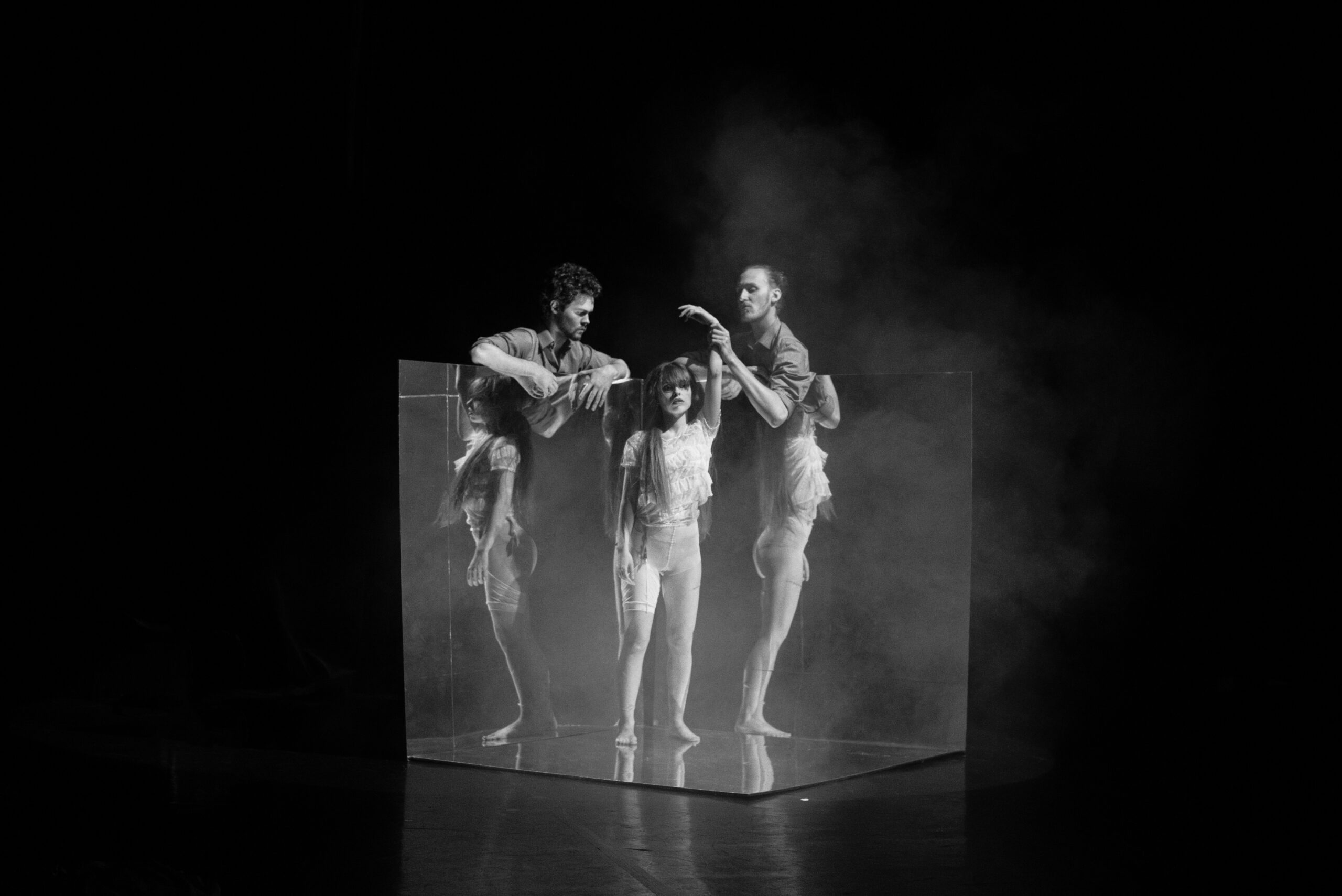
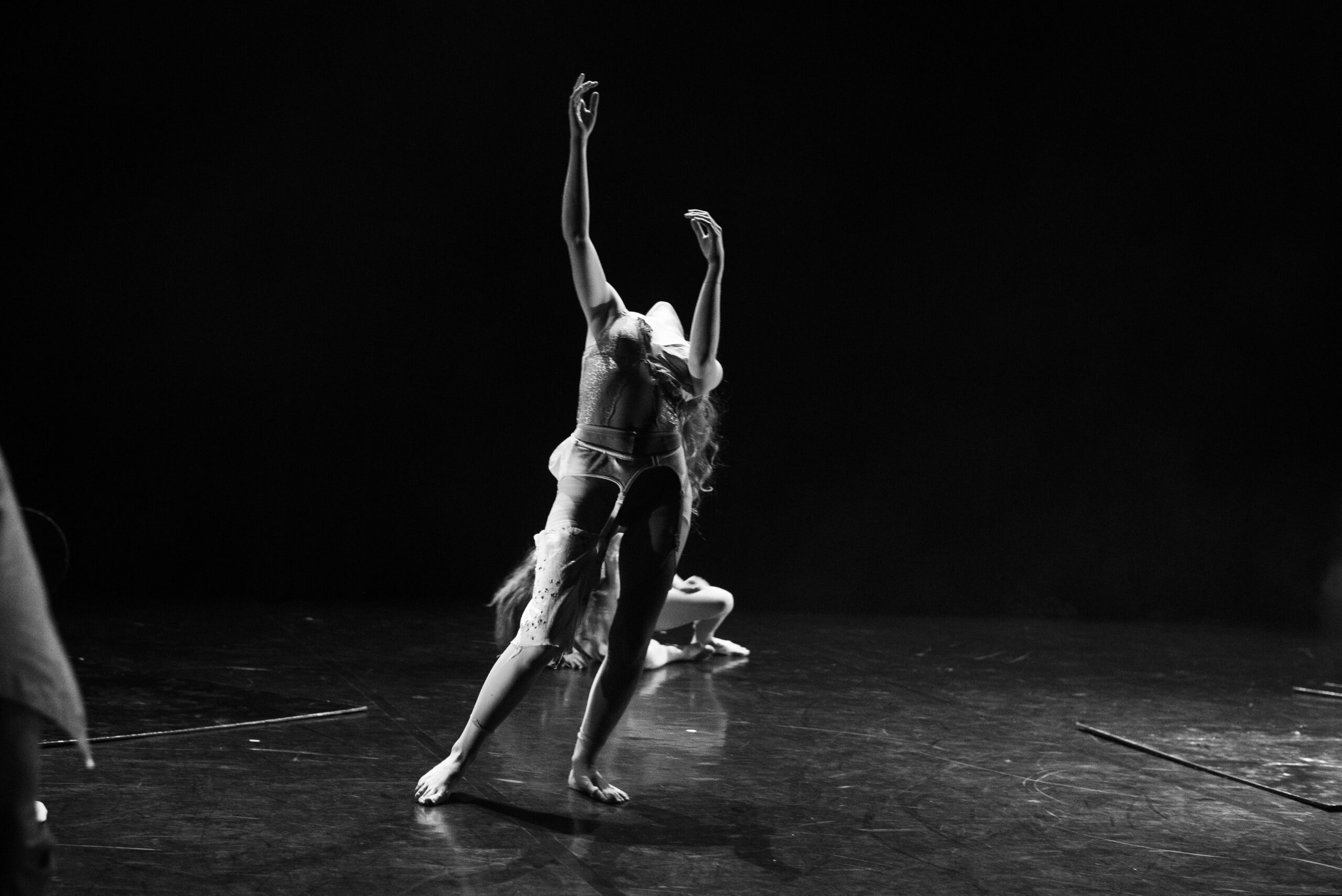
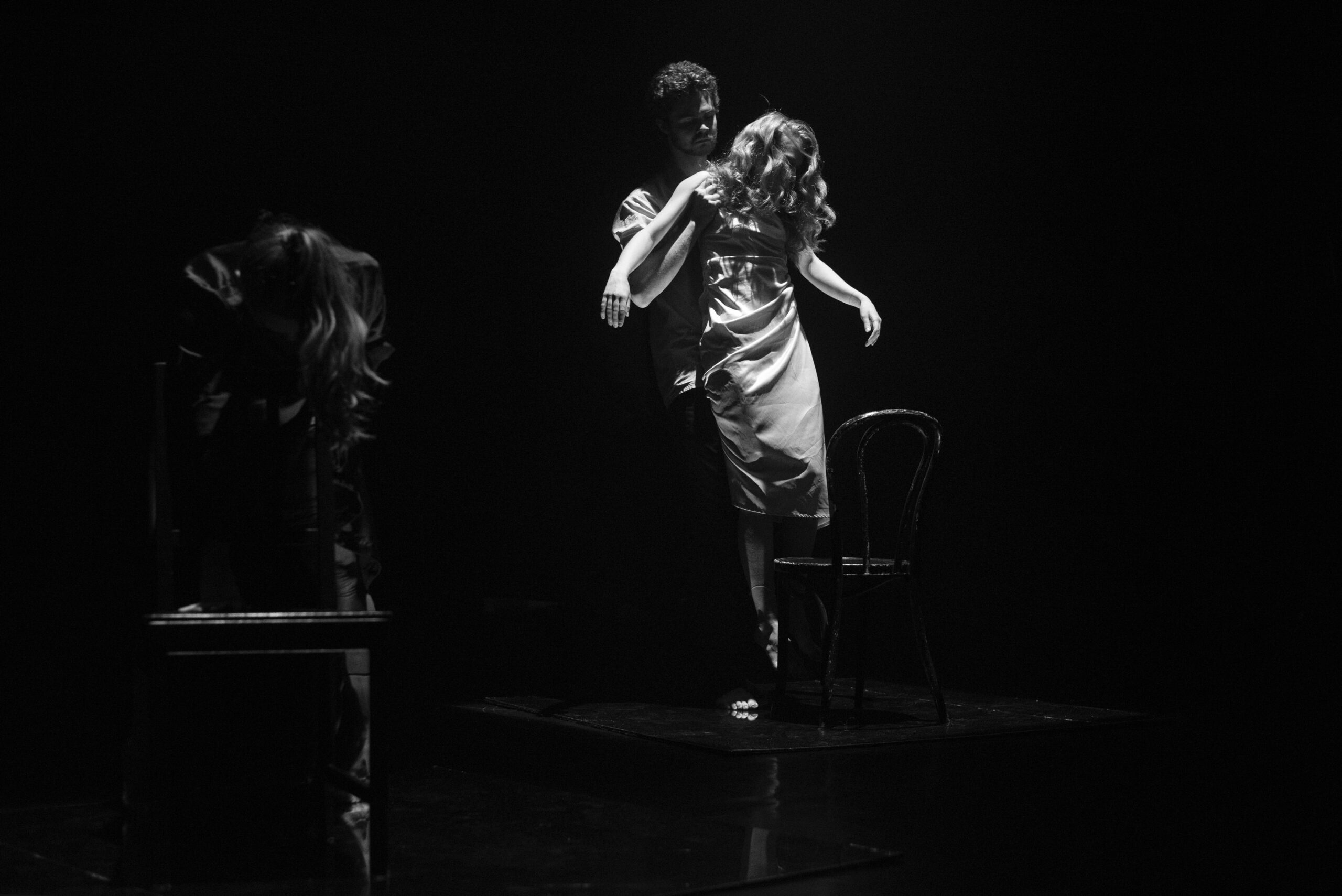
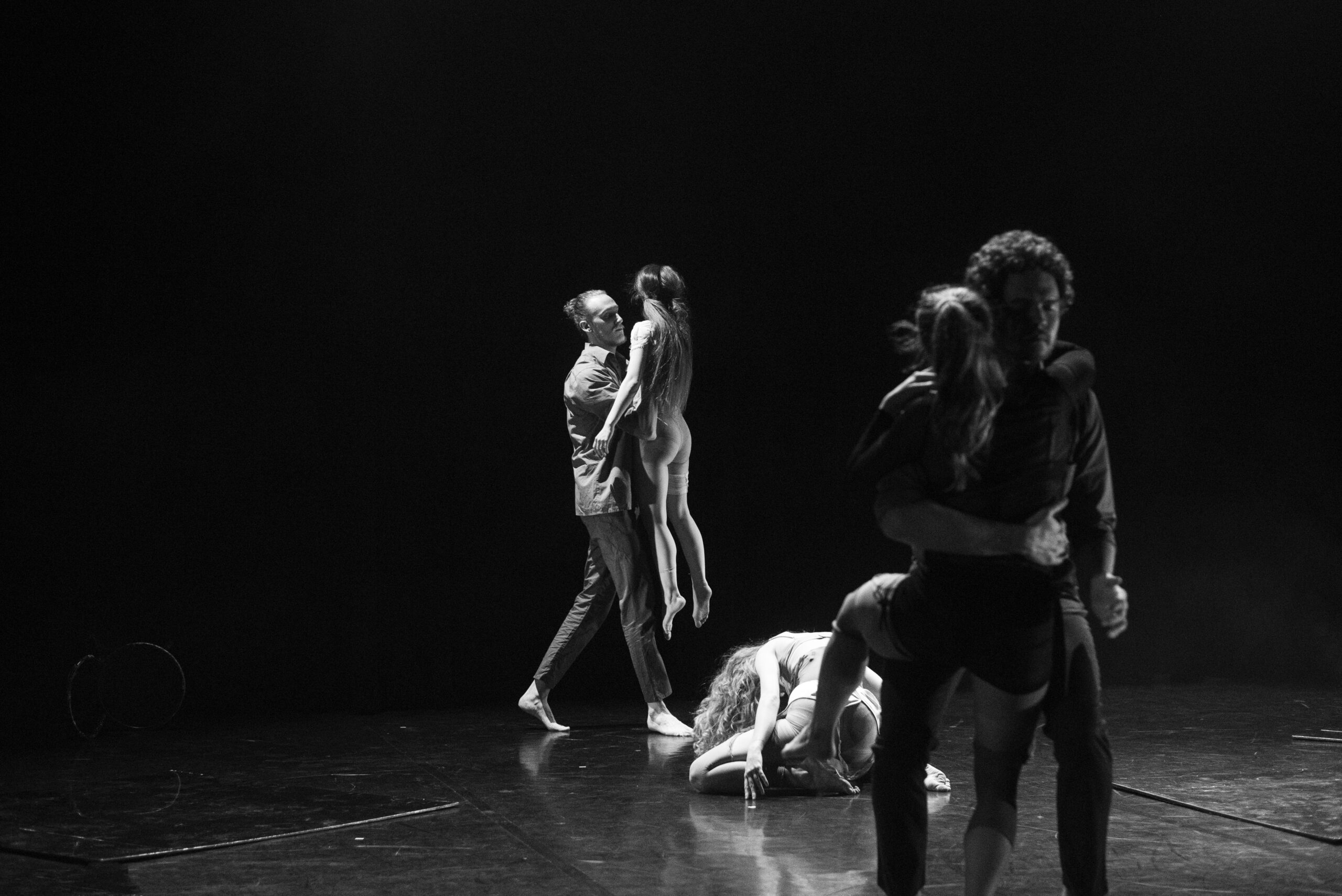
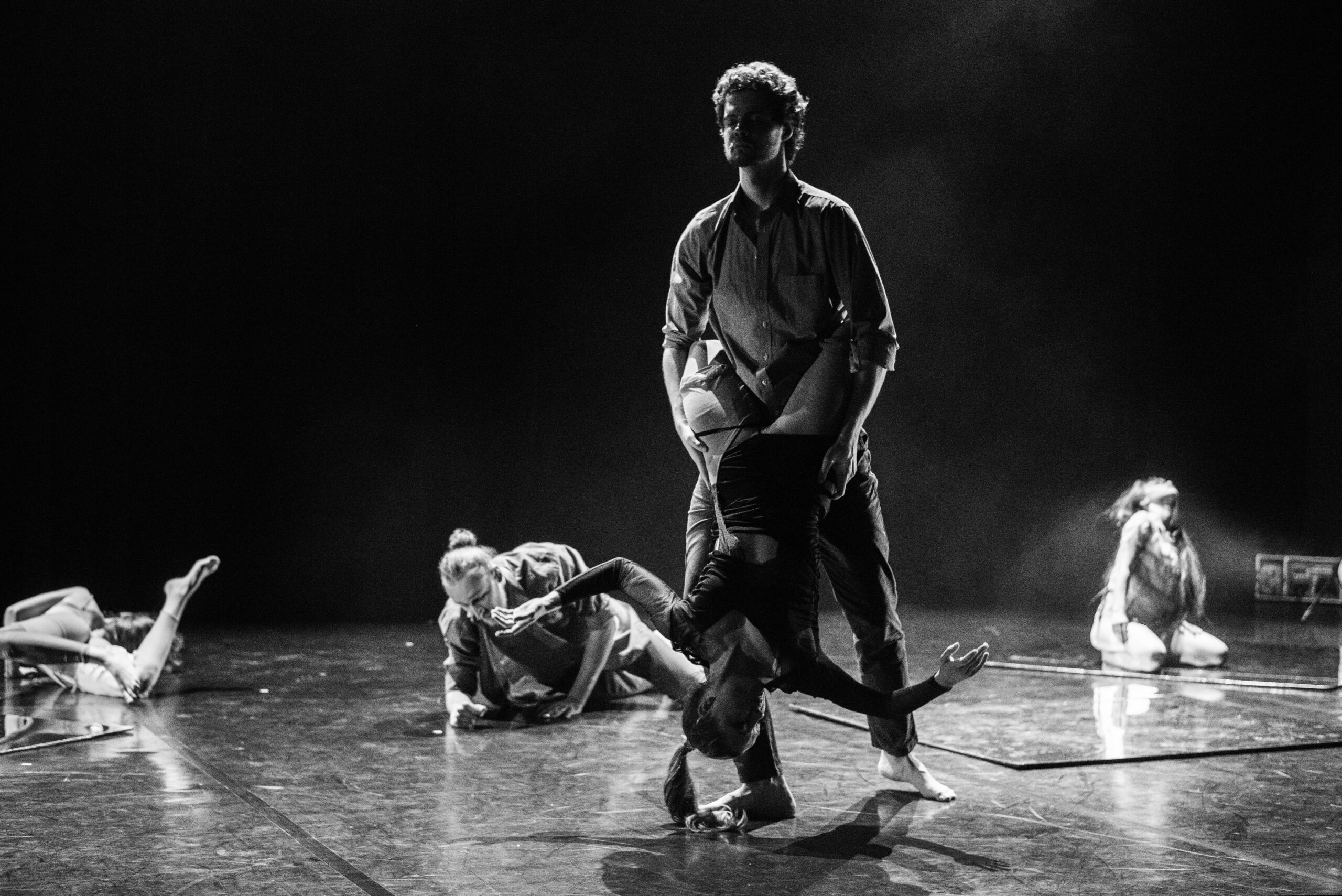
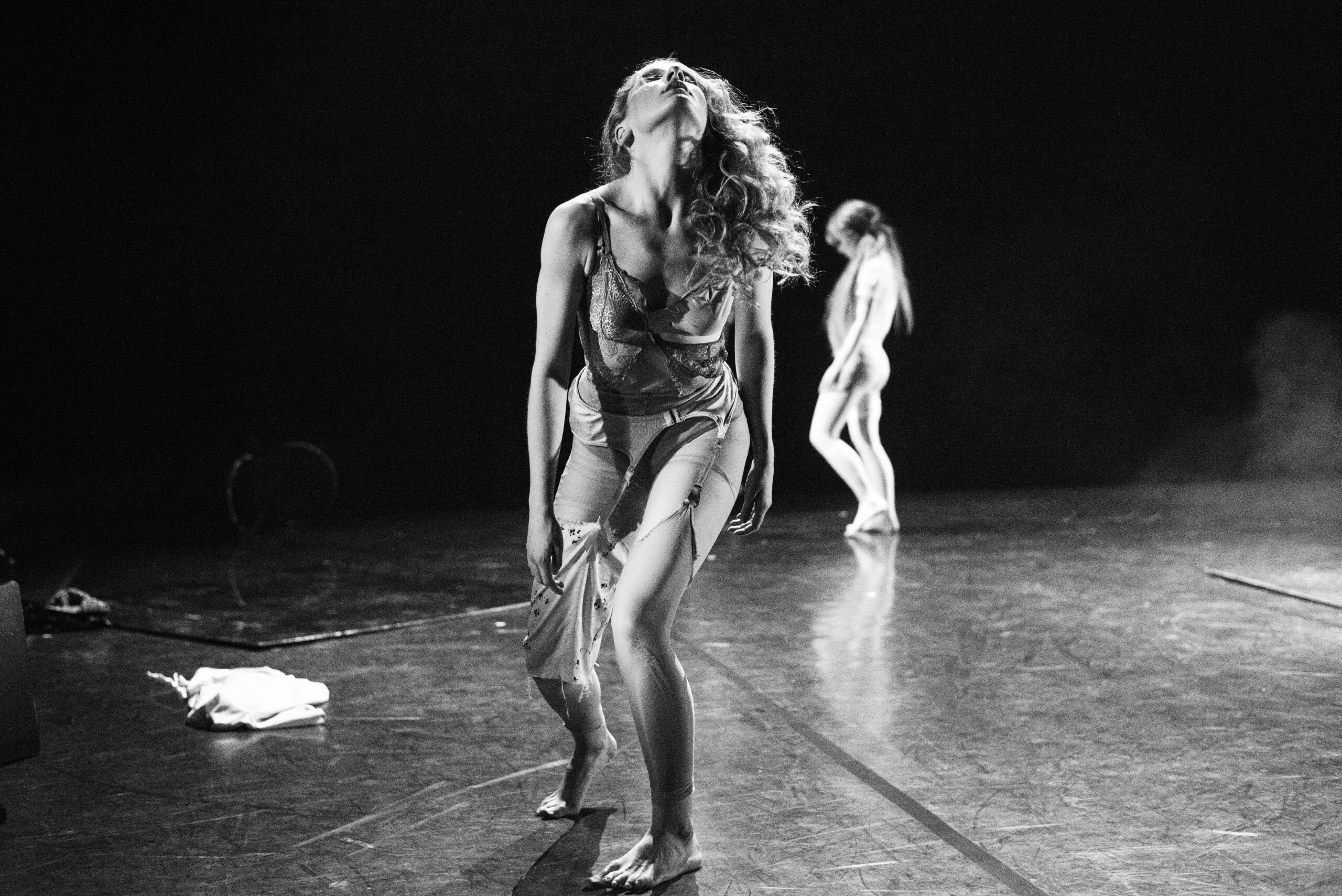
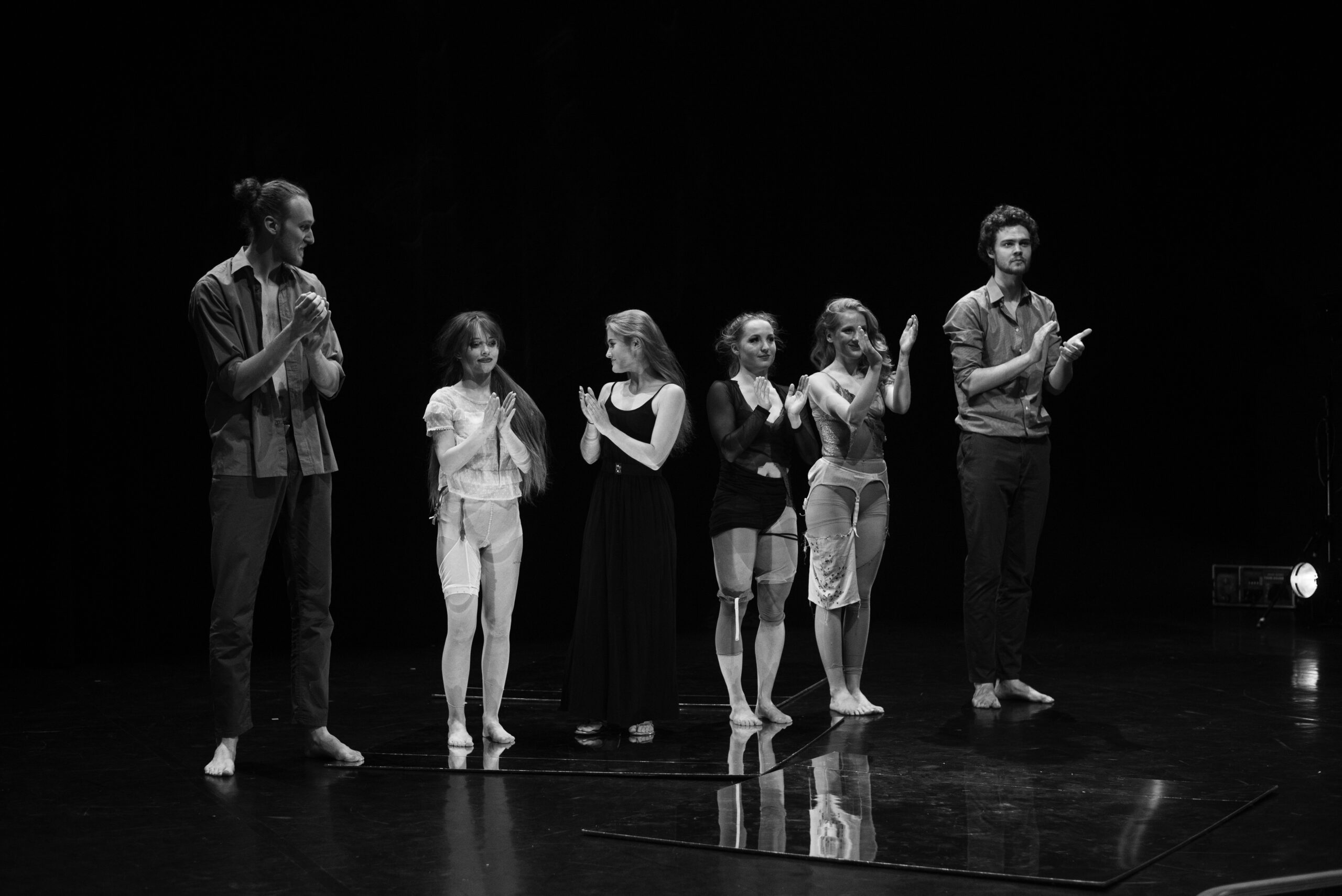
PHOTO: Alexandra Chudá

